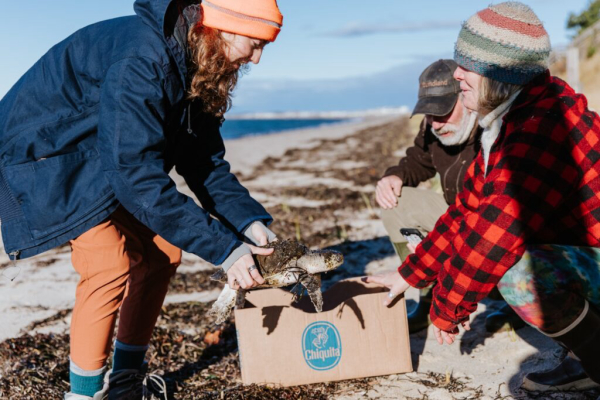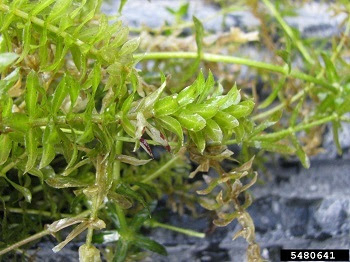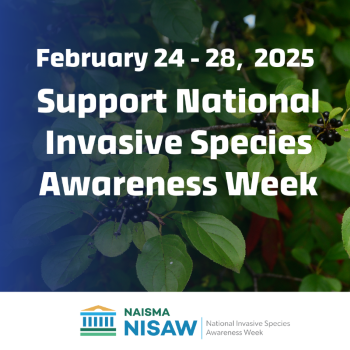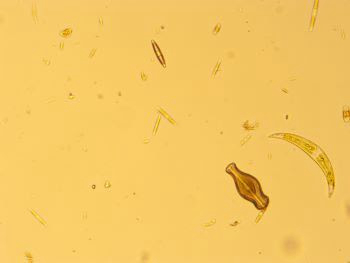Michigan: be on the lookout for invasive parrot feather in ponds and lakes this summer
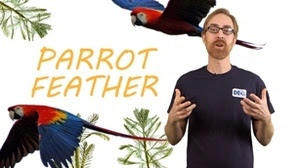
New video gives tips on identification, response
Parrot feather (Myriophyllum aquaticum), an invasive aquatic plant, has been found in three private ponds in Michigan since 2013. Due to its aggressive growth, parrot feather – a popular aquarium plant sometimes sold under the name Brazilian watermilfoil – has been a prohibited species in Michigan since 2005.
Why be concerned?
Parrot feather prefers slow-moving, freshwater habitats including ponds, lakes and tributaries. Plants rooted in lake or stream beds can grow to 6 feet in length, extending above or across the water’s surface as dense mats of vegetation that block native plants, reduce fish habitat, and make fishing and boating difficult.
Because new plants readily sprout from stem fragments, removal efforts like raking or pulling may contribute to their spread. Failure to thoroughly remove plant debris from boats and trailers can allow parrot feather to hitchhike to new locations.
What’s being done?
Parrot feather has been eradicated at one location and the Michigan Department of Environmental Quality Water Resources Division is leading control efforts at the other two ponds, with the goal of eliminating the plant before it can spread to larger water bodies.
Though parrot feather no longer can legally be possessed, imported or sold in Michigan, it is available for online purchase and still may be in aquariums and water gardens around the state.
The Michigan Department of Environmental Quality has developed a new video to help people identify and report parrot feather. The video is part of the department’s MDEQ Minute series, offering 60-second views on a broad range of topics including new and potential invasive species in Michigan.
What can you do?
If you find parrot feather, photograph it and send the photo, date and location of the find to the MDEQ’s Aquatic Nuisance Control Program at DEQ-WRD-ANC@michigan.gov or call 517-284-5593.
If you have parrot feather in an aquarium, remove the plants, seal them in a plastic bag and dispose of them – do not compost, as parrot feather can survive in compost. If you have a large amount of parrot feather in a pond or water feature, contact the MDEQ’s Aquatic Nuisance Control Program at the email or phone number above for assistance.
For more information about parrot feather and other invasive species of concern in Michigan, visit michigan.gov/invasives.
Help spread the word
- Share this email and video link with others: neighborhood and lake associations, friends and family, etc. If sharing on social media, use the tag #NotMiSpecies.
- For more content, subscribe to the MDEQ YouTube channel.
- Visit Michigan’s invasive species website and learn more about what to watch for and how to respond.
- Believe that you can make a difference, and remember these easy tips.


